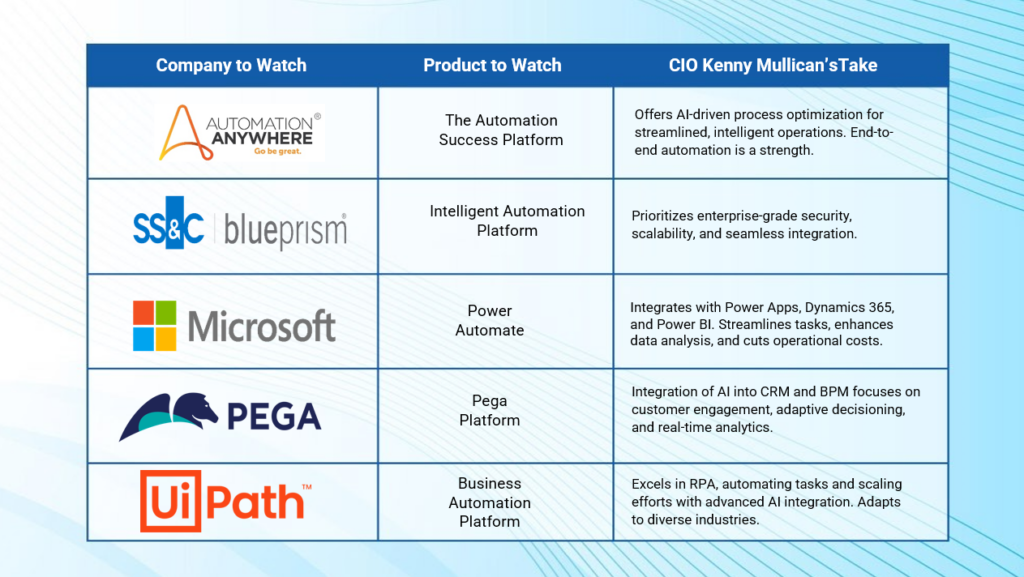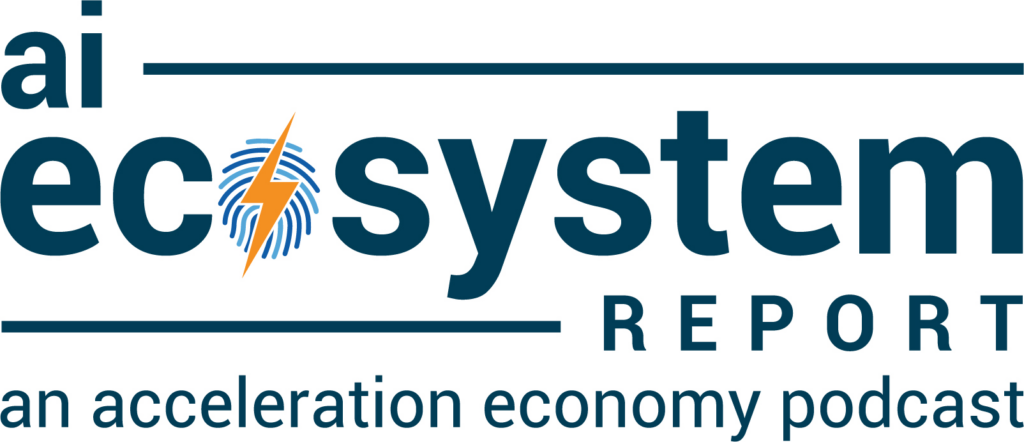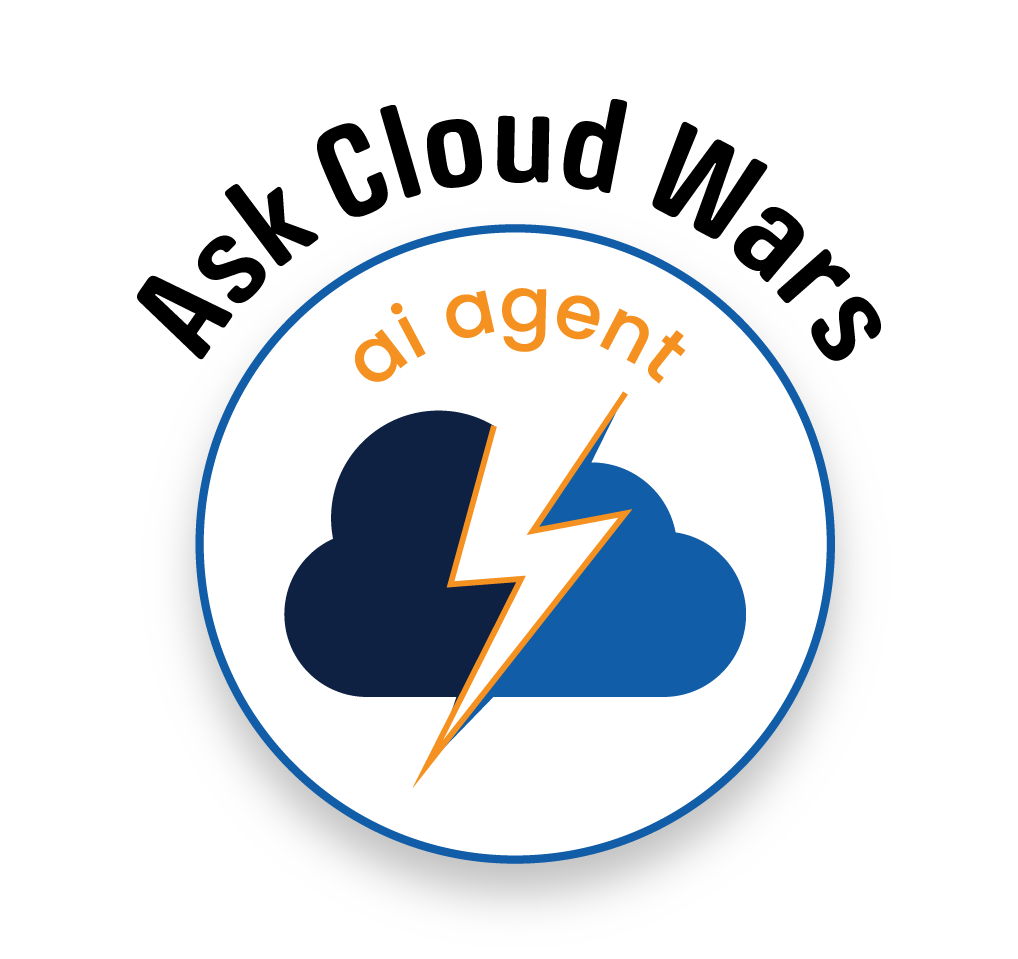In today’s fast-paced business environment, automation stands as a cornerstone of technological advancement. With an ever-increasing demand for efficiency and innovation, automation software has become an essential tool in modern business operations.
These tools are not just about reducing workload or saving time; they represent a transformative shift in how businesses operate, streamlining operations and freeing up valuable resources, allowing for a greater focus on creative problem-solving.
The Automation Anywhere Success Platform
The Automation Anywhere Success Platform comes from Automation Anywhere, also a prominent global leader in RPA, and it offers powerful and user-friendly automation technology. With a strong global presence, Automation Anywhere serves customers across various sectors, including finance, healthcare, insurance, manufacturing, and telecommunications.
Void Filled: This platform excels in providing end-to-end automation across various business processes, incorporating cognitive automation using AI and machine learning (ML).
Ask Cloud Wars AI Agent about this analysis
Differentiators:
- It offers a comprehensive digital workforce platform that integrates different aspects of process automation. The platform enables the creation of “digital workers” or bots that can perform a wide range of tasks, from simple data entry to complex business processes, effectively replicating human actions in a digital environment. It also offers the ability to manage and scale these digital workers easily, allowing organizations to adjust their automation strategies in real-time based on changing business needs and demands.
- A strong focus on AI-driven process optimization sets it apart. The AI component allows the platform to handle tasks that require understanding of unstructured data, such as interpreting emails, documents, and images, making the automation more versatile and intelligent.
- The user-centric design features an easy-to-navigate interface. This design principle makes it accessible to users with varying levels of technical expertise.
Expected Outcomes: Businesses can achieve streamlined operations, enhanced decision-making through AI insights, and increased agility in their operations.
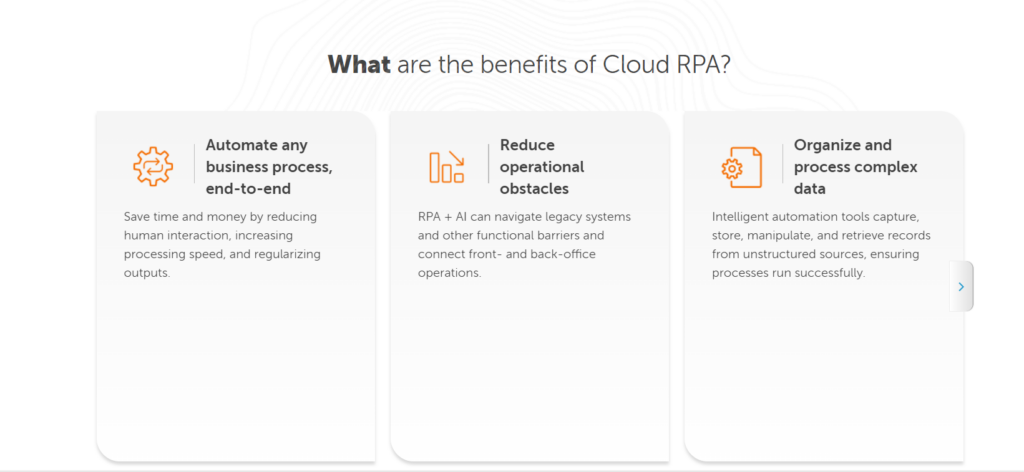
Blue Prism Intelligent Automation Platform
Blue Prism began in 2001, emerging as a pioneer in the field of RPA. SS&C Technologies acquired Blue Prism in 2021. This acquisition marked a significant expansion of SS&C’s capabilities in automation, integrating Blue Prism’s established RPA offerings into its broader portfolio of software and services for the financial and healthcare industries. Blue Prism’s Intelligent Automation Platform is its main automation offering.
Void Filled: Focused on enterprise-grade RPA, SS&C Blue Prism Intelligent Automation Platform is ideal for large-scale operations and organization-wide digital transformation.
Differentiators:
- It emphasizes enterprise-grade security and compliance, crucial for large organizations, especially those in regulated industries like finance and healthcare. The platform includes encryption, audit logs, and role-based access control, ensuring that all automated processes are secure and that data integrity is maintained. And it adheres to strict compliance standards, meeting various international regulations including General Data Protection Regulation (GDPR), Health Insurance Portability and Accountability Act (HIPAA), and Sarbanes-Oxley Act (SOX).
- The platform offers a scalable and resilient operational framework. This scalability is essential for companies looking to expand their automation capabilities without encountering bottlenecks or system limitations. Blue Prism also offers load balancing and disaster recovery features, which contribute to the overall robustness and reliability of the automation environment.
- Its advanced connectivity across diverse systems ensures seamless integration. This includes not only modern cloud-based tools but also legacy systems, which are often a challenge to integrate with newer technologies.
Expected Outcomes: Users will experience robust automation at an enterprise scale, with enhanced security and compliance, as well as operational resilience and adaptability.

Microsoft Power Automate
Microsoft Power Automate is a versatile automation tool designed to streamline business workflows and processes. It enables users to create automated workflows between various applications and services, facilitating tasks ranging from simple data transfers to complex business processes.
Void Filled: Microsoft Power Automate streamlines complex business processes, especially for those already within the Microsoft ecosystem. Its ability to create automated workflows between applications and services is unparalleled.
Differentiators:
- Microsoft Power Automate offers seamless integration with a suite of Microsoft services. This integration allows for a cohesive experience where users can easily automate workflows across different applications.
- With Power Apps, users can create custom applications and automate processes within these apps
- Dynamics 365 integration enables the automation of tasks related to customer relationship management and business operations
- Power BI allows for the automation of data collection and analysis, providing businesses with real-time insights
- The interconnected ecosystem enhances convenience and functionality, making it easier for businesses to manage their operations through a unified platform
- The platform utilizes artificial intelligence (AI) to provide actionable analytics. It can also identify bottlenecks and recommend optimizations, enabling businesses to continuously improve and refine their processes over time
- The user-friendly interface, coupled with a robust online community, makes it accessible for users of all skill levels. It has drag-and-drop features and pre-built templates that simplify the automation process
Expected Outcomes: Users can expect a significant increase in productivity through automated workflows, enhanced data analysis capabilities, and a reduction in operational costs.

Pegasystems‘ Pega Platform
Pegasystems Inc., founded in 1983, is known for developing software for customer relationship management (CRM) and business process management (BPM). Pegasystems is recognized for its innovative approach to software development, often leading in the integration of new technologies including AI and ML. Pegasystems’ flagship product is the Pega Platform, a powerful tool for creating and managing enterprise-level applications.
Void Filled: Pega Platform bridges the gap between front-end customer interaction and back-end process automation, with a strong emphasis on business process management and customer engagement.
Differentiators:
- It places a significant focus on tools for customer engagement. It employs sophisticated case management features that enable businesses to respond to customer inquiries and issues more efficiently. Features like predictive analytics and adaptive modeling are integrated to anticipate customer needs and preferences, allowing for more tailored interactions and proactive service offerings.
- Customizable AI-driven decisioning capabilities tailor tools to business needs. The platform’s AI algorithms can analyze large volumes of data to identify trends, patterns, and customer behaviors, enabling businesses to make informed decisions. These AI-driven insights are used to automate and optimize decision-making processes, such as personalized marketing offers, pricing strategies, or customer service responses, ensuring that each decision is data-driven and aligned with business goals.
- Robust analytics provide real-time insights for better decision-making. This feature enables businesses to closely monitor performance metrics, customer feedback, and market trends.
Expected Outcomes: Enhanced customer experience, effective business process management, and improved real-time decision capabilities are key benefits.

UiPath Business Automation Platform
UIPath Business Automation Platform is a prominent player in automation offerings. Founded in 2005, the company initially focused on building automation libraries and software development kits. However, it shifted its focus to robotic process automation (RPA) market around 2015. Since then, UIPath has grown rapidly, becoming one of the most well-known names in automation software.
Void Filled: UIPath shines in its RPA capabilities, ideal for automating repetitive tasks and scaling process automation efforts.
Differentiators:
- Advanced RPA with AI integration places it at the forefront of process automation. This integration allows the RPA bots to learn from data patterns, make decisions, and handle unstructured data. The AI component also enables the handling of tasks that require cognitive capabilities such as natural language processing, image recognition, and decision-making based on data analysis. This makes the automation more dynamic and intelligent, capable of adapting to various scenarios and requirements.
- A strong ecosystem of partners and a vibrant developer community enhance its adaptability and reach. The developer community plays a critical role in the continual improvement and innovation within the UiPath platform. Community members contribute by developing custom activities, sharing best practices, and providing peer support, which enriches the overall user experience.
- Its adaptability to various business environments makes it a versatile choice for different industries. The platform offers a range of tools that can be customized to meet the specific needs of different industries, including banking, healthcare, telecommunications, and manufacturing. This means that businesses can tailor the automation to their unique processes and workflows.
Expected Outcomes: Organizations can expect time savings, improved accuracy, and enhanced operational scalability.
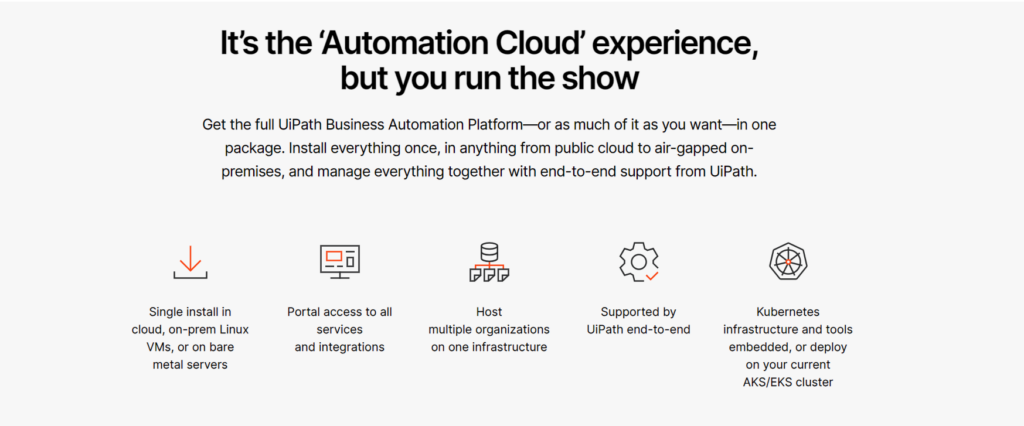
Conclusion
These five automation products are not just about automating tasks; they are about empowering organizations to operate more efficiently, make smarter decisions, and stay competitive in an evolving business environment. For CIOs and business leaders, the choice of automation software should align with their specific business needs, goals, and existing technological infrastructure.
Is your company culture ready for GenAI? Most are not. Take the Acceleration Economy Cultural Impact of GenAI executive course to learn why and define the strategic steps you can take to leverage the technology and have an “AI Mindset.”


